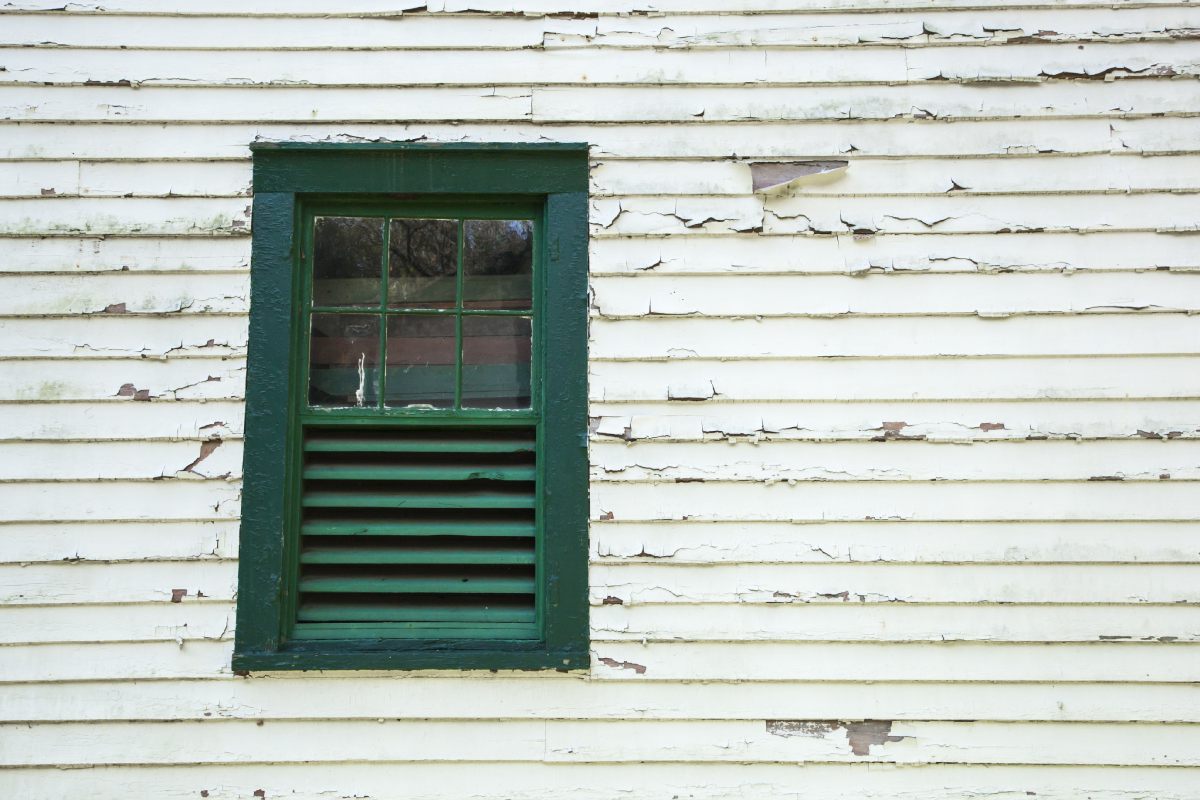Just last month, ZOTA highlighted the escalating lead safety situation in Ohio, where Columbus city attorneys were preparing mass court cases against landlords for unaddressed lead paint hazards. What was previously reported as 51 properties required to be vacated, a list current as of October 22 shows that the number has grown to 62 residences. And now, the city officials have begun filing the cases.
Columbus officials have filed 13 cases against property owners who have not removed lead paint from their properties even after Columbus Public Health officials ordered them to do so and marked the properties with warnings.
The city plans to file up to 50 cases, including vacant properties, Assistant City Attorney Shayla Favor said Thursday. Some of the orders have languished for six years.
These properties all contain lead paint, the dangers of which the regulations and training surrounding lead certification aim to mitigate. One of the primary goals when it comes to the Environmental Protection Agency’s Renovation Repair and Painting Rule is to protect children from the adverse effects of exposure to lead paint. That is why the regulations specifically apply to targeted housing, any homes or child-occupied facilities built prior 1978. Still, symptoms of lead poisoning are easily misdiagnosed and the lead paint hazards are often not discovered until after a child has been tested for high blood lead levels.
Houses are placed on the list when blood tests show children living there have high lead levels.
The city is doing a good thing in going after the 13 problem sites, but there are as many as 70,000 small rental properties in Columbus and Franklin County that should be addressed because they could be harboring lead-paint risks based on their age and value, said David Norris, senior researcher at the Kirwan Institute for the Study of Race and Ethnicity at Ohio State University.
He said authorities need to move from a system that reacts after children have already suffered some injury to one that protects them.
Unfortunately, the effects of lead poisoning are irreversible. Even once the lead has been removed from one’s system, the damage is done and children can experience lower cognitive function and stunted development. That is why lead paint certification is so vital and those responsible must inspect for lead when any RRP work is being done and operate accordingly. Since the majority of these Columbus residences are rental properties, as is the case in many similar situations across the country, landlord cooperation and compliance is imperative when it comes to ensuring children’s safety.
“These owners have ignored the lead orders, torn off the placards, failed to disclose lead hazards to tenants and exposed young children to hazardous levels of lead-based paint,” she said.
Norris, Barnes and other advocates say Columbus would be wise to consider adopting an ordinance similar to one that went into effect in Toledo last year, requiring rental property inspections for lead.
Such an ordinance would be a first step towards the proactive protection of vulnerable parties while allowing the flexibility of compromise, not yet requiring full lead abatement of property owners.
Read the full story here.


